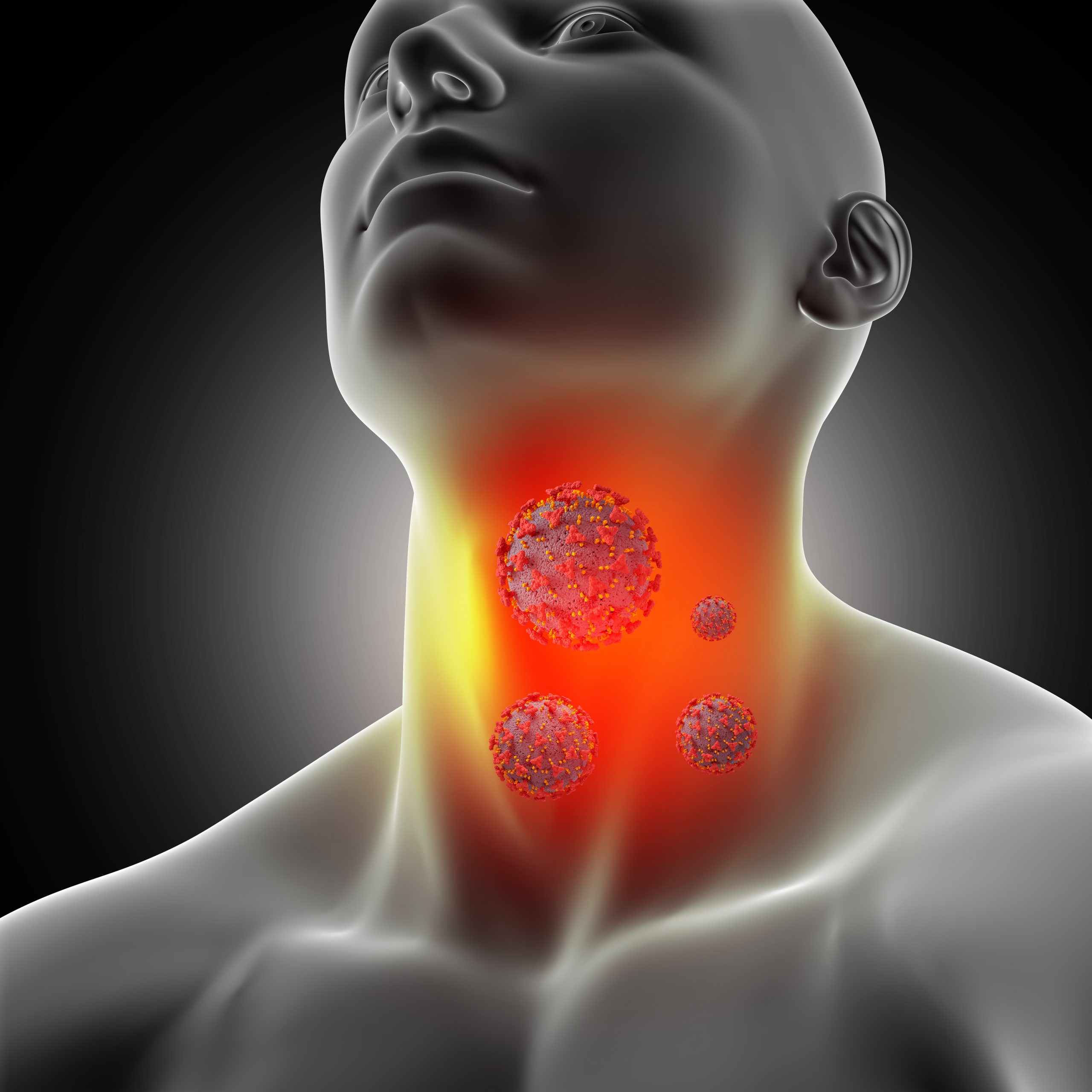

Researchers at Moores Cancer Center at UC San Diego Health and University of California San Diego School of Medicine have discovered a strong correlation between elevated levels of white blood cells that produce antibodies within tumors and the product of a gene expressed in the majority of cancers, including the most prevalent type of head and neck cancer.
The research, which was released in the PNAS Nexus journal on March 10, 2023, suggests a potential new target and strategy for head and neck immunotherapy, which has so far shown varying degrees of success in treating some tumors.
An abundant antigen called telomerase reverse transcriptase (TERT) is made by 85% of tumor cells. Toxins or other chemicals that cause an immunological reaction are known as antigens. This is especially accurate for cancer patients who undergo TERT.
Yet, it is unclear how TERT expression affects the control of adaptive immunity in malignancies. RNA sequencing information from The Cancer Genome Atlas was used in the new study by Maurizio Zanetti, MD, co-senior study author, professor of medicine at the University of California San Diego School of Medicine, and head of the Laboratory of Immunology at the University of California San Diego Moores Cancer Center.
“Our data emerged through targeted computational reanalysis of The Cancer Genome Atlas, a valuable public tumor sequencing dataset, guided by core principles of immunology,” said co-senior author Hannah Carter, Ph.D., associate professor at UC San Diego School of Medicine, said.
To more specifically look into possible interactions between TERT expression and B and T cells that have infiltrated the tumor microenvironment, Zanetti, Carter, and his associates examined 11 different solid tumor types.
Immune reaction cells known as B cells create antibodies against antigens such as bacteria, viruses, and poisons. T cells are immune cells that hunt down and eliminate bodily cells that have been colonized by antigens or developed malignancy. Yet B cells also give T cells antigens, which activates them in the process.
The strongest relationship was seen in head and neck squamous cell carcinoma, which occurs in the mucous membranes of the mouth, nose, and throat. The researchers discovered a significant correlation between TERT expression and B and T cells in four cancer types.
They discovered that patients in whom this correlation was discovered had better clinical results. According to Zanetti’s research, B and T lymphocytes may be responsible for the de novo development of lymphoid structures within tumors, with TERT serving as a potential linking antigen.
The sixth most frequent type of cancer is head and neck squamous cell carcinoma (HNSCC). 90% of all head and neck cancers are caused by it. Long-term cigarette use, alcohol use, and infection with high-risk strains of the human papillomavirus are the main contributors to the condition.
An estimated 66,000 new cases of head and neck cancer are diagnosed in the US each year, and 15,000 people pass away from the disease. Mortality from HNSCC is high. The total five-year survival rate (patients surviving five years after diagnosis) is 50%; approximately 50 to 60% of patients pass away within a year of diagnosis.
Chemotherapy, radiation, and head and neck immunotherapy are the main forms of treatment for HNSCC tumors that cannot be removed surgically, while head and neck immunotherapy only benefits a tiny percentage of patients. According to Zanetti, the new findings suggest potentially innovative strategies to treat HNSCC, particularly in patients who are more likely to experience negative outcomes.
“Cancer immunotherapy is about treating a patient by leveraging their own immune system to fight the malignancy. Ideally, one should reinforce mechanisms already in place in patients,” Zanetti said.
“The current emphasis is on neoantigens (proteins that form on cancer cells when certain mutations occur in tumor DNA) and immune checkpoint inhibitors (drugs such as monoclonal antibodies) that target and block actions that help shield cancer cells from attack by T cells. But these therapies are only partially effective and in some types of cancer only. Our findings provide evidence that high TERT expression is a key signal that generates high levels of B and T cells intra-tumor, suggesting a new way to develop intra-tumor immunotherapies to reinforce anti-tumor immunity already in place.”
Co-authors include Su Xian, Magalie Dosset, and Andrea Castro, all at UC San Diego.
more recommended stories
 How Soybean Oil Impacts Weight Gain and Metabolism
How Soybean Oil Impacts Weight Gain and MetabolismWhy Soybean Oil May Affect Metabolism.
 Coffee and Cognitive Function: Evidence Review
Coffee and Cognitive Function: Evidence ReviewA new narrative review in Cureus.
 Colorectal Cancer Screening Rates Low in Adults 45–49
Colorectal Cancer Screening Rates Low in Adults 45–49Recent UCLA research reveals that colorectal.
 Gut Immune Cells and Long-Lasting Antiviral Protection.
Gut Immune Cells and Long-Lasting Antiviral Protection.Breakthrough Findings on How Gut Immune.
 Mild Pancreatic Duct Dilatation Signals Higher Cancer Risk
Mild Pancreatic Duct Dilatation Signals Higher Cancer RiskEarly Structural Changes Offer Critical Clues.
 How the Uterus Senses Force During Labor: New Insights
How the Uterus Senses Force During Labor: New InsightsA new study published in Science.
 Fat-Free Mass and Brain Outcomes in Preterm Babies
Fat-Free Mass and Brain Outcomes in Preterm BabiesEarly Fat-Free Mass May Hold the.
 How Hormones Shape Dopamine-Driven Learning
How Hormones Shape Dopamine-Driven LearningNYU Study on Hormones and Cognitive.
 Protein Pair Guides Chromosome Alignment in Mitosis
Protein Pair Guides Chromosome Alignment in MitosisKey Points A joint research team.
 Intensive mind-body retreat rapidly alters brain function
Intensive mind-body retreat rapidly alters brain functionAn intensive mind-body retreat combining meditation,.

Leave a Comment